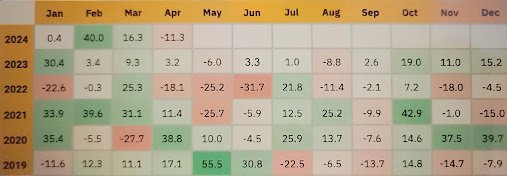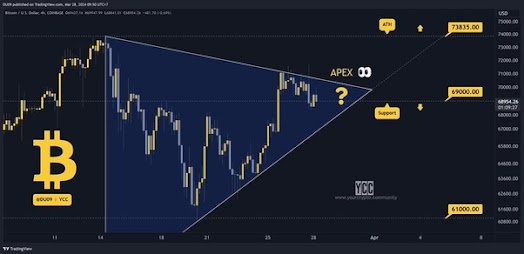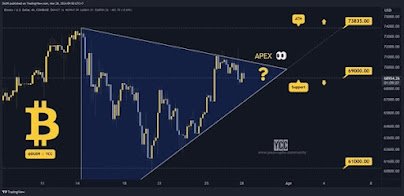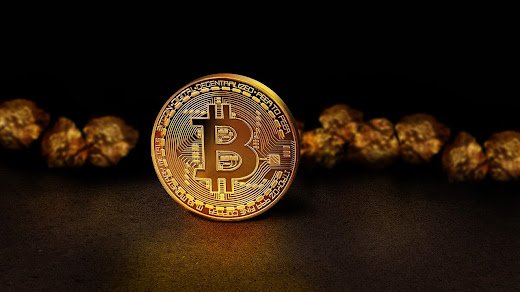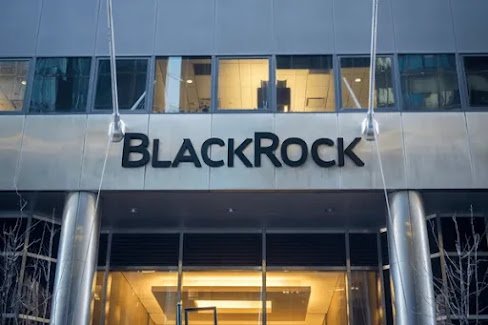Food and beverage producers were already facing significant challenges around environmental performance. These included new legislation in the European Union and other areas, higher energy and water costs, and growing consumer expectations. Last summer a new crisis hit countries in southern Europe: water scarcity.
In Spain some producers faced severe water restrictions, forcing them to cut production. Europe was not alone; droughts have also affected other parts of the world, including Mexico, South America and the Middle East.
Manuel Juncal is Senior Product Manager Upgrades LF Key Components & Filtration in Tetra Pak. He has seen a shift in the food and beverage industry. “Saving water has been a goal for our customers for a long time, but previously they were more focused on cost savings. This has changed in areas where there is now a risk of factory stops due to water scarcity. Water has become a business continuity issue.”
Reducing energy, water and waste
For many years we have helped our customers enhance productivity and profitability with our expertise and new food processing and packaging technologies. As an integrated solutions provider and full-service partner, we are now increasingly applying this framework to environmental performance as well, helping producers reduce energy and water consumption, while minimising waste.
We are helping our customers improve their environmental performance with an extensive portfolio of processing and packaging upgrades and components. These are enhanced with Asset Health Monitoring, which helps them continuously optimise their water utilities spending and reduce their impact on the environment.
Alessio Schiavone, Asset Health Monitoring Manager, explains: “Producers can’t improve what they don’t measure. Our Asset Health Monitoring solution provides transparent, actionable data on water consumption with smart sensors and a secure IoT architecture that goes from single equipment to benchmarking possibilities between different plants.”
Our Services teams also carry out assessments on customers’ lines and plants. By gaining an exact picture of a producer’s situation, we can create customised plans where investments are charted out over the short, medium and long term.
Solutions for all needs and investment plans
Andrea Canovi, Customer WCM Delivery Manager, gives an example of a customer his team has helped this way: “They must meet strict water limits, so we conducted an assessment and checked aspects including consumption, waste and production flow. Based on this we identified a range of solutions, and are starting with the ones that have a shorter payback time.”
Sometimes a larger solution makes sense from the start. Daniele Nicosiano, Product Manager for Downstream Equipment Upgrades, tells of a customer in Spain: “This producer brings water in by lorry, because of the area where they operate. They installed our Water Filtering Station, which recovers water used in filling machines for other purposes. Thanks to this upgrade they are saving three loads of water a day!”
Our integrated solutions are helping food and beverage producers increase productivity, profitability and environmental performance. This comprehensive approach is helping the industry create a sustainable tomorrow while delivering safe food of the highest quality today.
